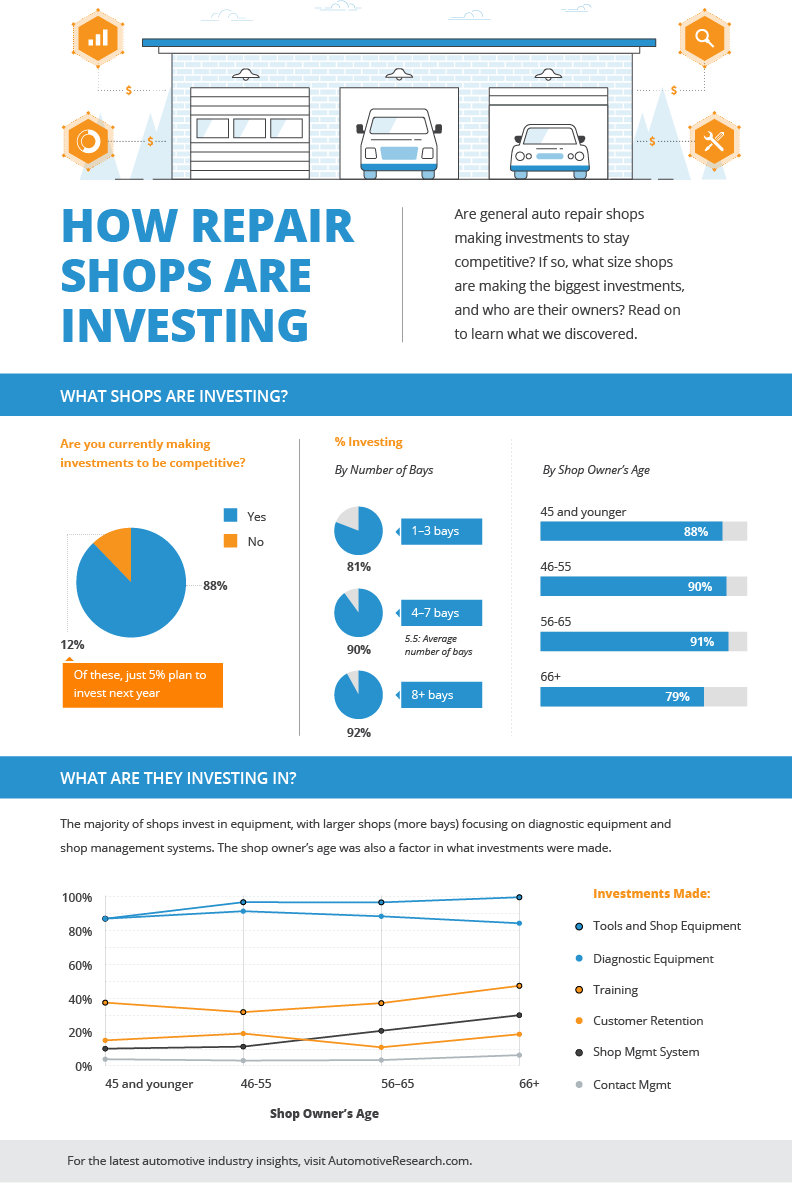Understanding The Value Of Your Cars And Truck'S Warning Signals: What They Actually Represent
Understanding The Value Of Your Cars And Truck'S Warning Signals: What They Actually Represent
Blog Article
Short Article Developed By-Vinson Dalgaard
When you're behind the wheel, those beautiful caution lights on your control panel can be a little bit perplexing. Do you recognize what they're attempting to tell you regarding your automobile's health and wellness? Understanding the value of these lights is vital for your safety and security and the durability of your car. So, Read Alot more following time among those lights pops up, would not you wish to understand its message properly and take the required actions to resolve it?
Common Caution Lighting and Interpretations
Recognize typical caution lights in your cars and truck and recognize their significances to make certain safe driving.
The most common warning lights include the check engine light, which signals issues with the engine or exhausts system. If this light comes on, it's important to have your automobile inspected without delay.
The oil pressure advising light shows low oil stress, calling for immediate focus to avoid engine damage.
A blinking battery light could recommend a malfunctioning billing system, potentially leaving you stranded if not addressed.
The tire stress surveillance system (TPMS) light notifies you to low tire stress, influencing car stability and fuel effectiveness. Neglecting this can cause dangerous driving problems.
The abdominal light shows a trouble with the anti-lock stopping system, compromising your capacity to stop promptly in emergency situations.
Lastly, the coolant temperature warning light warns of engine getting too hot, which can lead to extreme damages otherwise dealt with swiftly.
Understanding these common caution lights will aid you attend to issues without delay and maintain risk-free driving conditions.
Relevance of Prompt Focus
Understanding the usual caution lights in your vehicle is only the very first step; the relevance of immediately addressing these warnings can't be highlighted sufficient to guarantee your safety and security on the road.
When a warning light brightens on your control panel, it's your auto's means of communicating a potential concern that needs attention. Disregarding these cautions can result in much more extreme problems down the road, endangering your security and potentially costing you much more out of commission.
Motivate focus to cautioning lights can protect against breakdowns and mishaps. For instance, a blinking check engine light can suggest a misfire that, if left ignored, could trigger damage to the catalytic converter. Addressing this without delay can save you from a pricey repair service.
Likewise, a brake system cautioning light might indicate reduced brake fluid or worn brake pads, important components for your safety and security when driving.
Do It Yourself Troubleshooting Tips
If you notice a caution light on your control panel, there are a few do it yourself fixing pointers you can try before seeking expert aid.
The first step is to consult your automobile's manual to recognize what the particular caution light indicates. Sometimes https://www.nbcbayarea.com/investigations/consumer/how-to-protect-your-car-from-catalytic-converter-theft/2662863/ can be as simple as a loose gas cap setting off the check engine light. Tightening the gas cap might fix the issue.
Another typical concern is a low battery, which can trigger various warning lights. Examining the battery connections for deterioration and ensuring they're safe and secure may deal with the trouble.
If a warning light lingers, you can try resetting it by disconnecting the car's battery for a few minutes and then reconnecting it. Furthermore, examining your car's fluid levels, such as oil, coolant, and brake liquid, can assist troubleshoot cautioning lights related to these systems.
Verdict
To conclude, recognizing your vehicle's warning lights is vital for keeping your car running efficiently and securely. By quickly resolving these informs and recognizing what they suggest, you can avoid pricey fixings and prospective breakdowns.
Bear in mind to consult your car's guidebook for specific details on each cautioning light and do something about it as necessary to make sure a hassle-free driving experience.
Keep educated, stay secure on the road!
